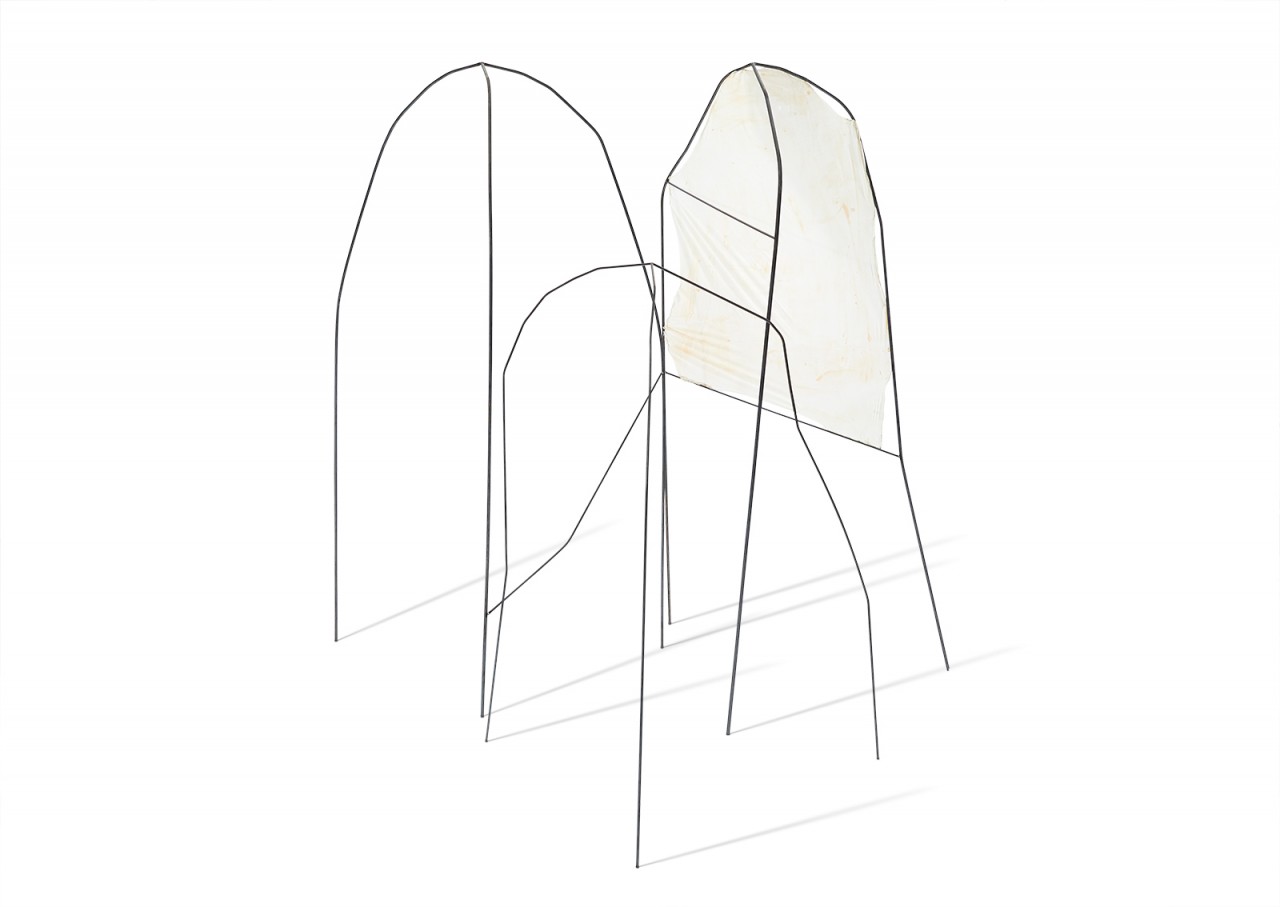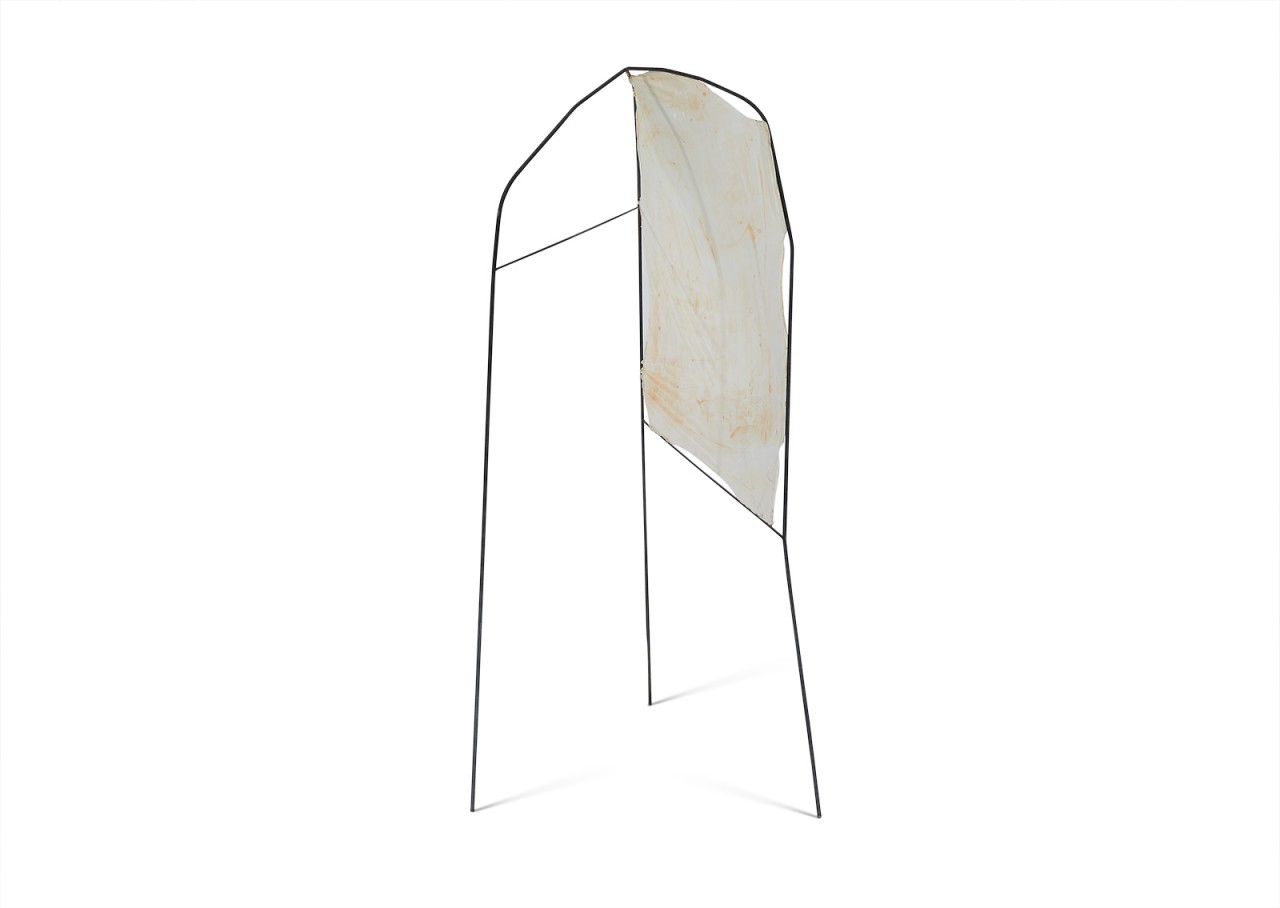Plasma and Ore
Skeletal steel frames find themselves entangled with vitreous calcified forms. A membrane stretched, and liquid stagnant, the scattered remains of a system left to fossilise.
You blink and there it is- soma.
Plasma and Ore is an exploration of bodily articulations and encounters through the language of sculpture and installation. The materials within this work – these dispersed metal/clay assemblages, the ore- are utilised to probe uneasiness surrounding the body. This installation seeks to question quiet discomforts of the body and identity within a queer context, responding to the legacy of discourse on queer bodies. Michel Foucault’s Utopian Body formulates the starting point for this work, with the language used to describe the complexities of queer bodies and identities manifesting as sculptural forms. Foucault, in this text, describes an “incomprehensible body, penetrable and opaque body, open and closed body.” This messy little thing, an inherently queer confusion and contortion, this paradoxical body is expressed within a contemporary sculptural practice.
This installation prompts a somatic experience for the viewer, creating a phenomenological effect which affects the viewers sense of being in a space. These human-scaled assemblages evoke and encourage bodily responses, being in conversation with one another, and also with the bodies that encounter them. Plasma and Ore seeks to establish a space for the viewer to ruminate on their own bodies.
This work finds itself probing the relationship between contemporary sculptural practices and performativity. The very act of making these metal and clay forms is a performative one, dictated by and through the body. Steel rods physically manipulated by a straining body, slabs of clay molded to amorphous blobs by a hand, latex stretched to a membrane of somatic tension. Here they rest, agential aggregations of what Jane Bennet would call ‘vibrant matter,’ their inherent material power wielded to form layered understandings of the queer body.



